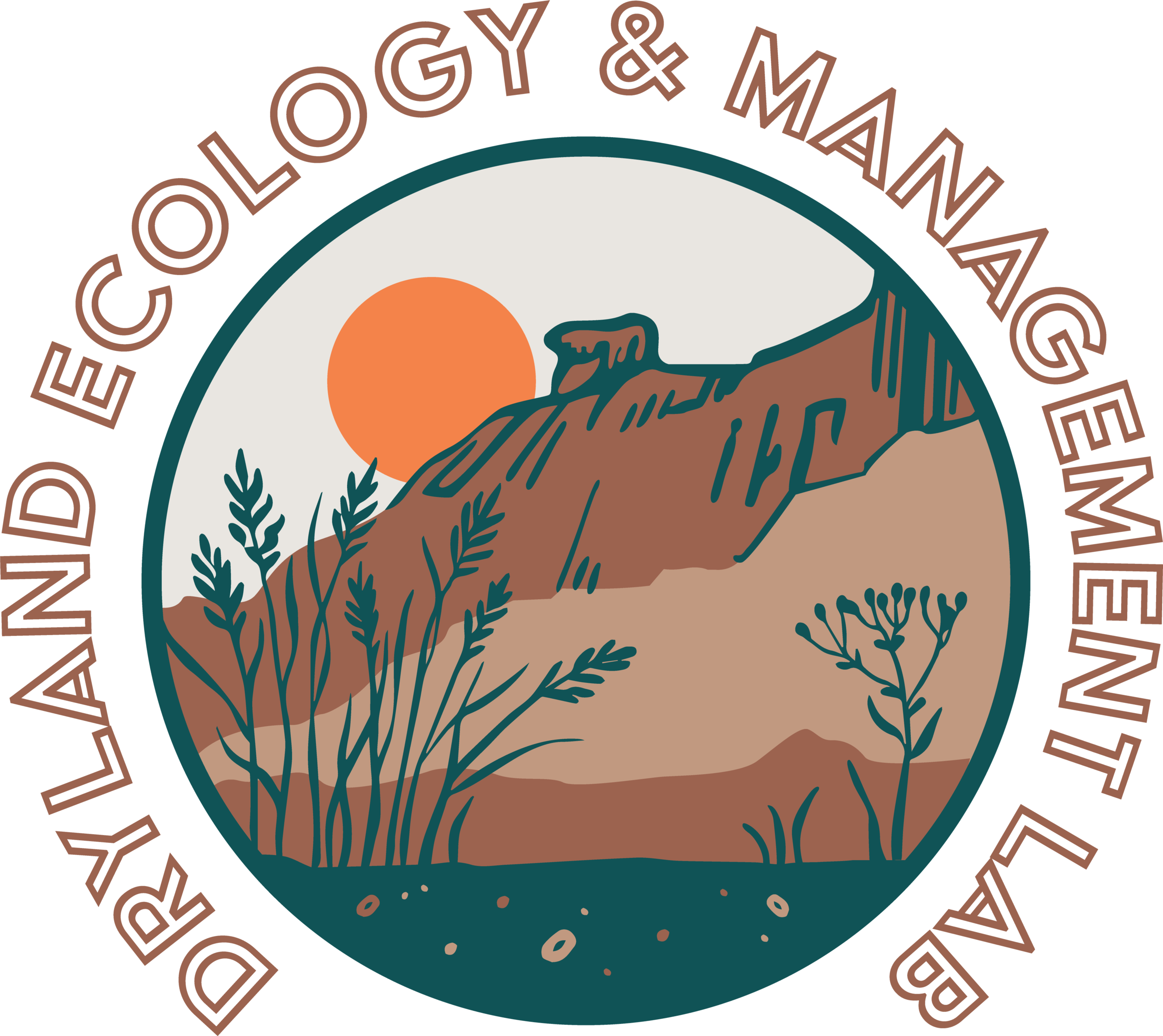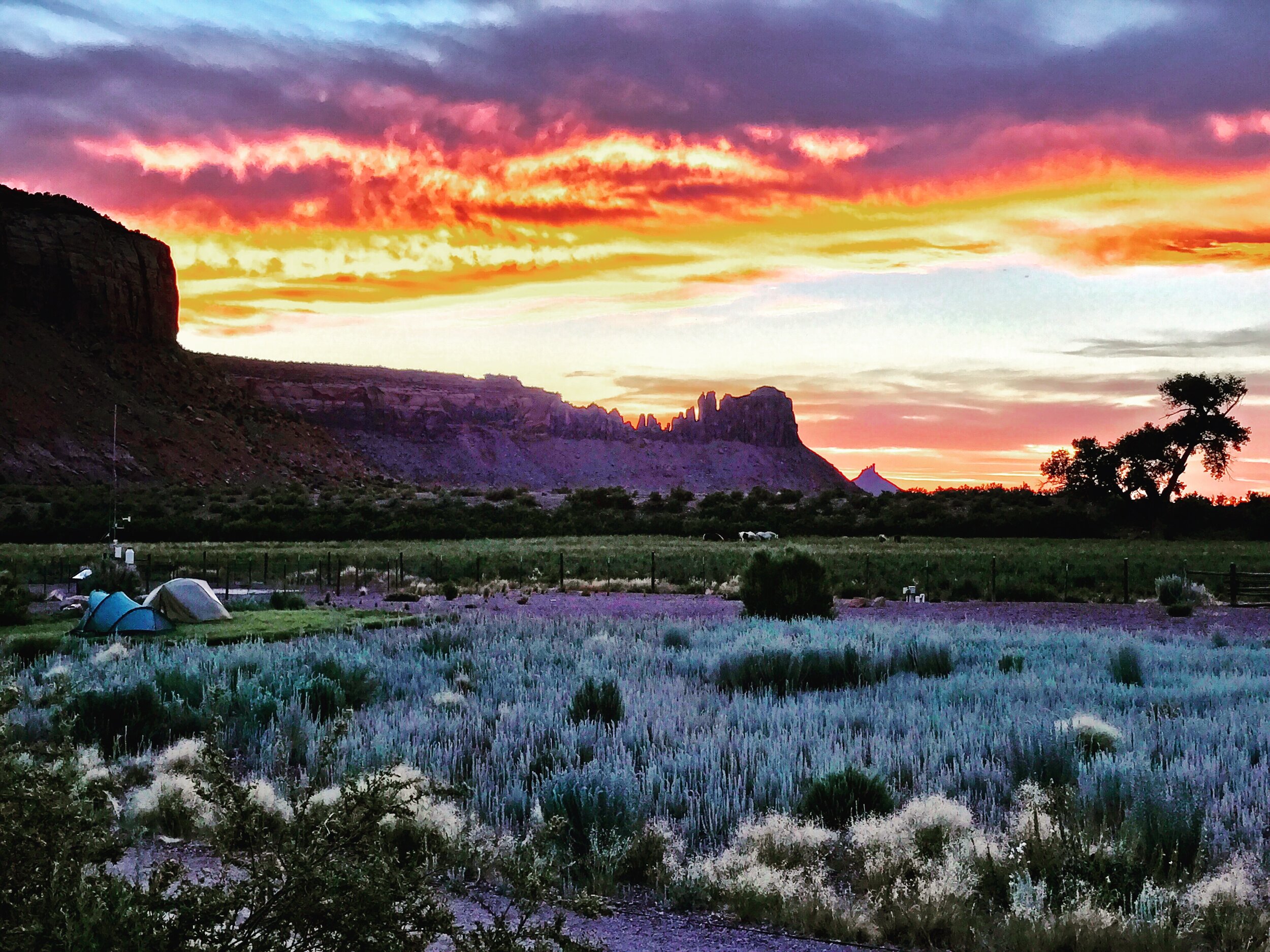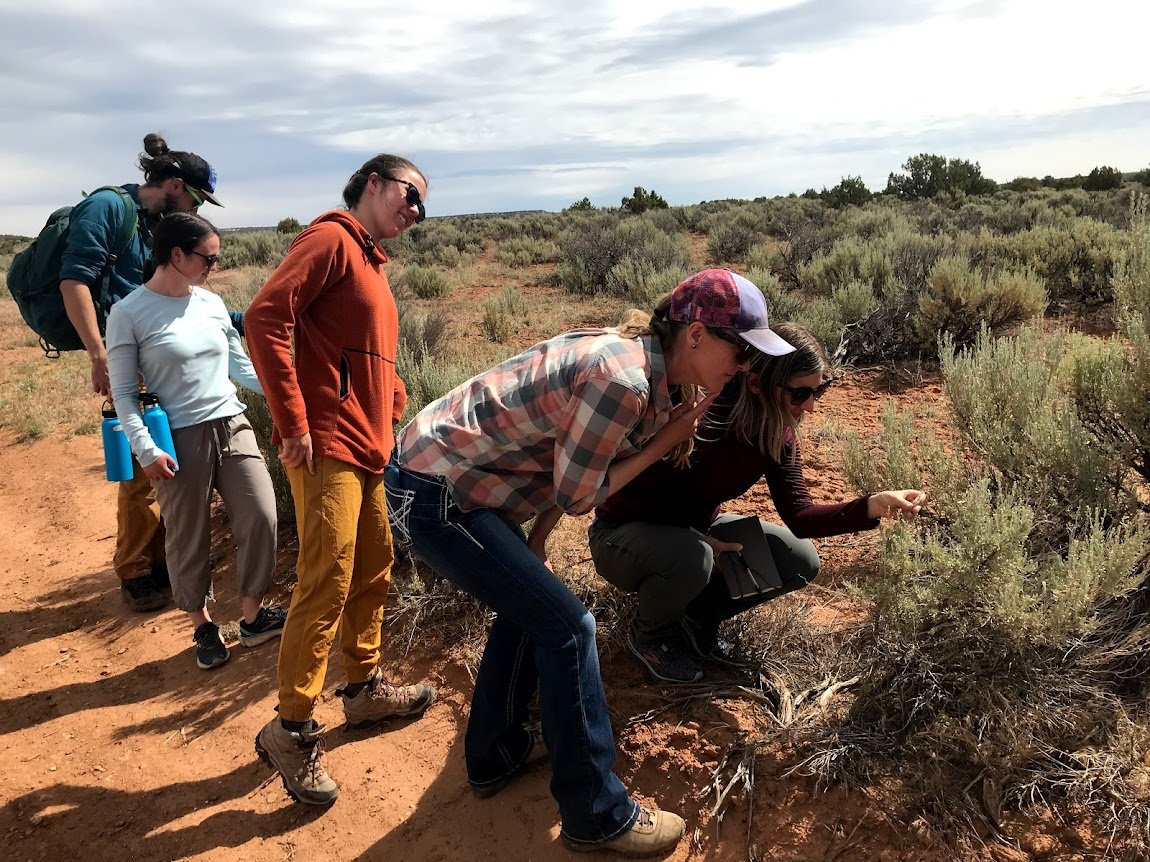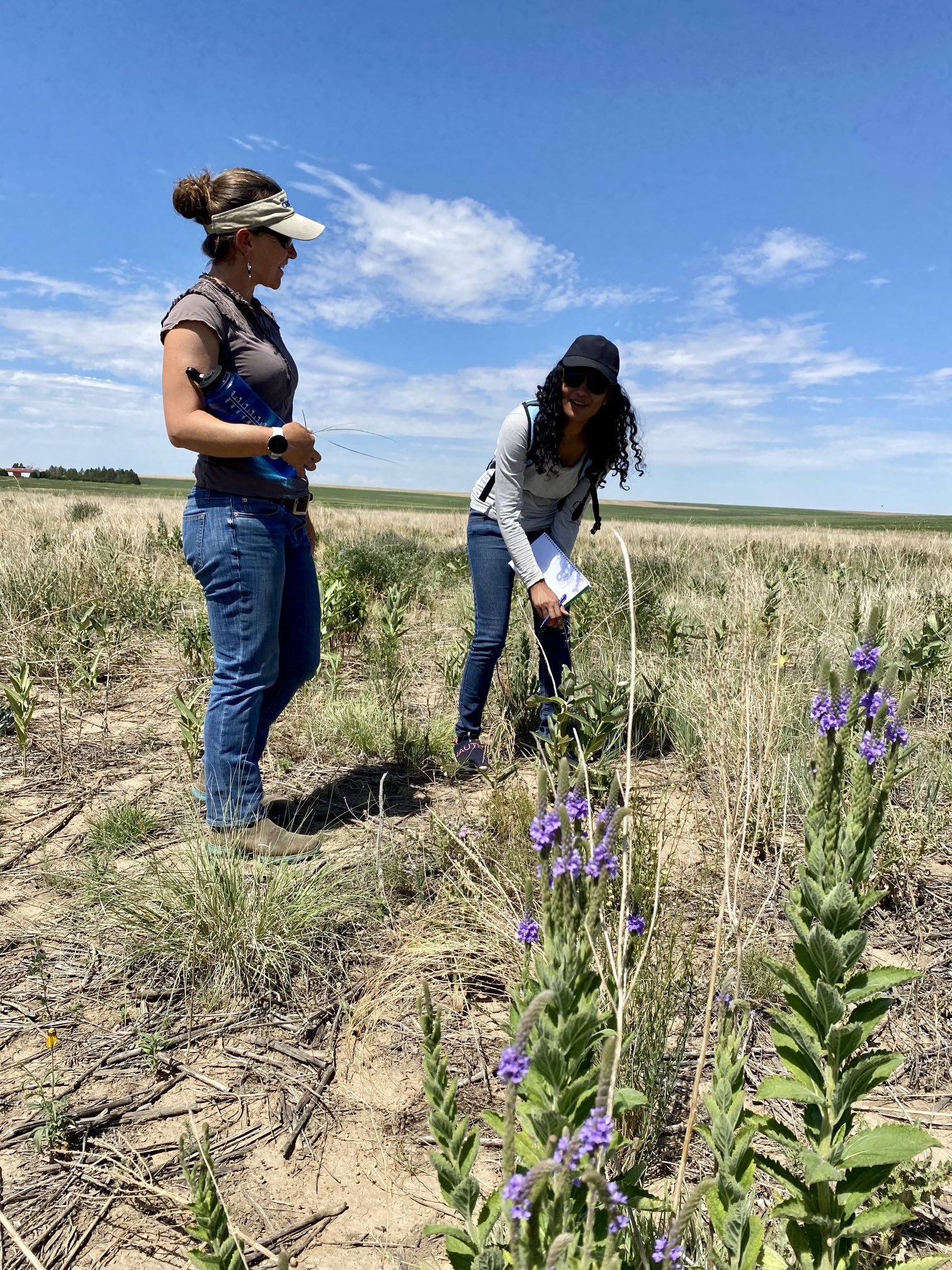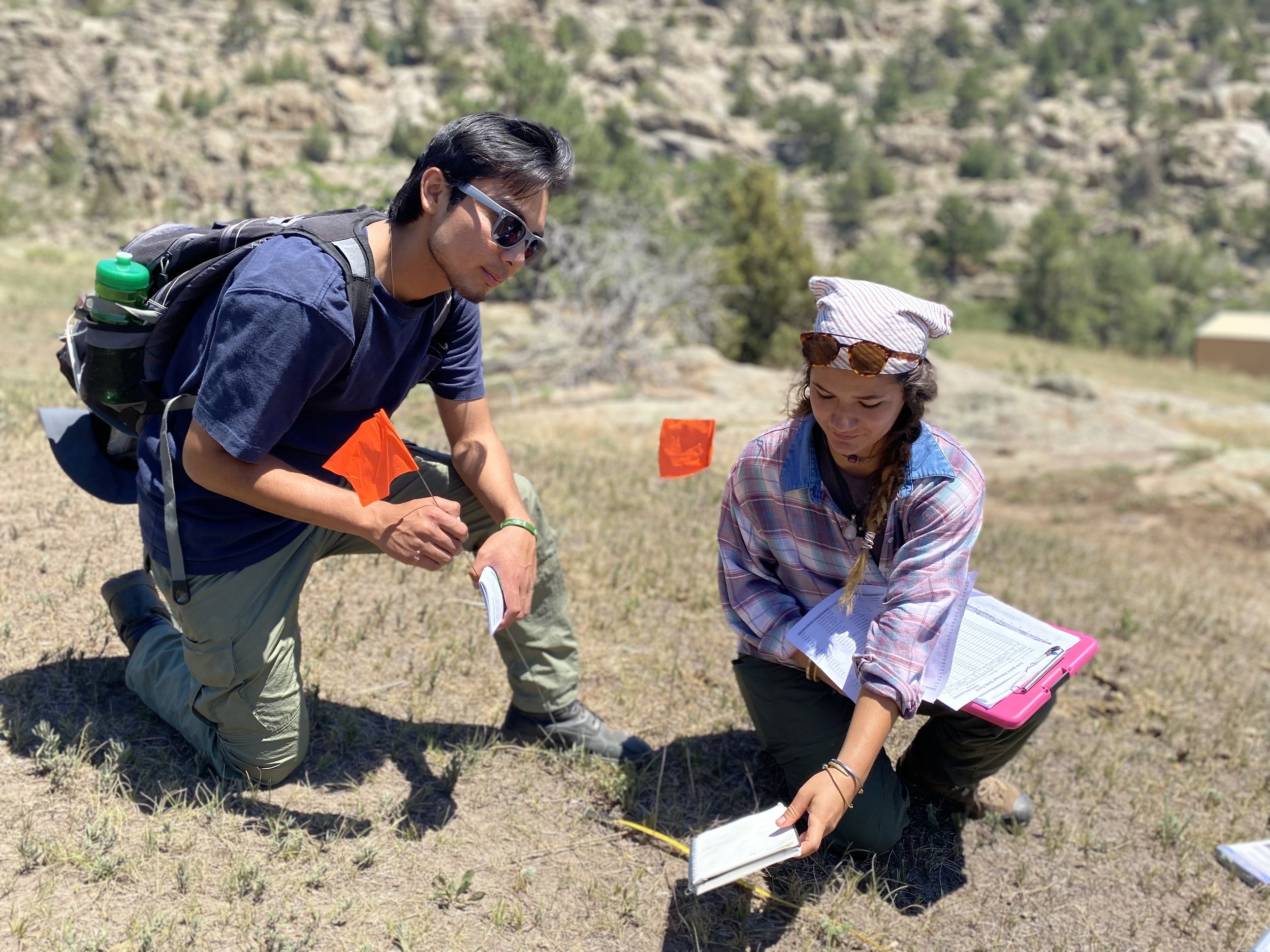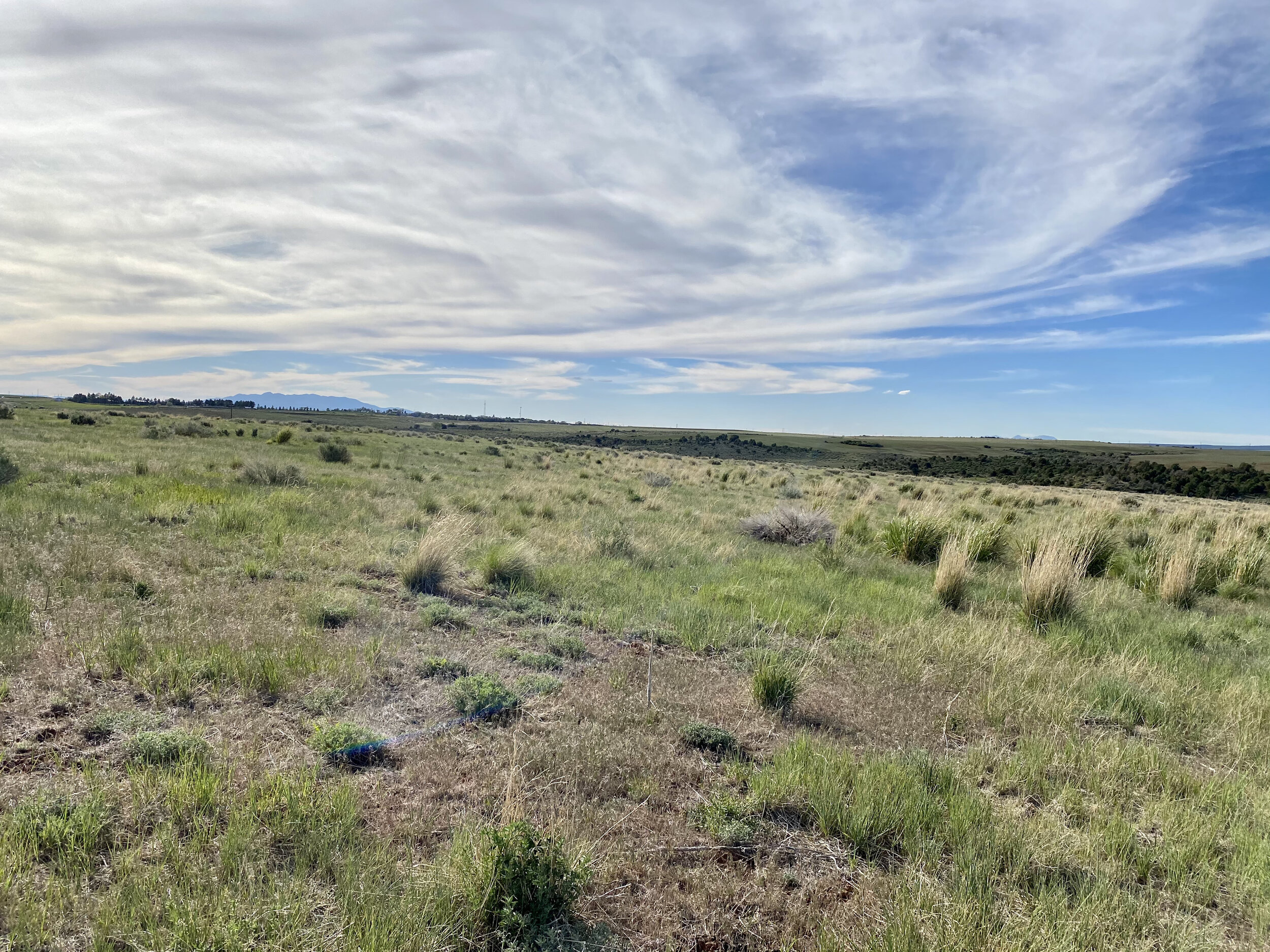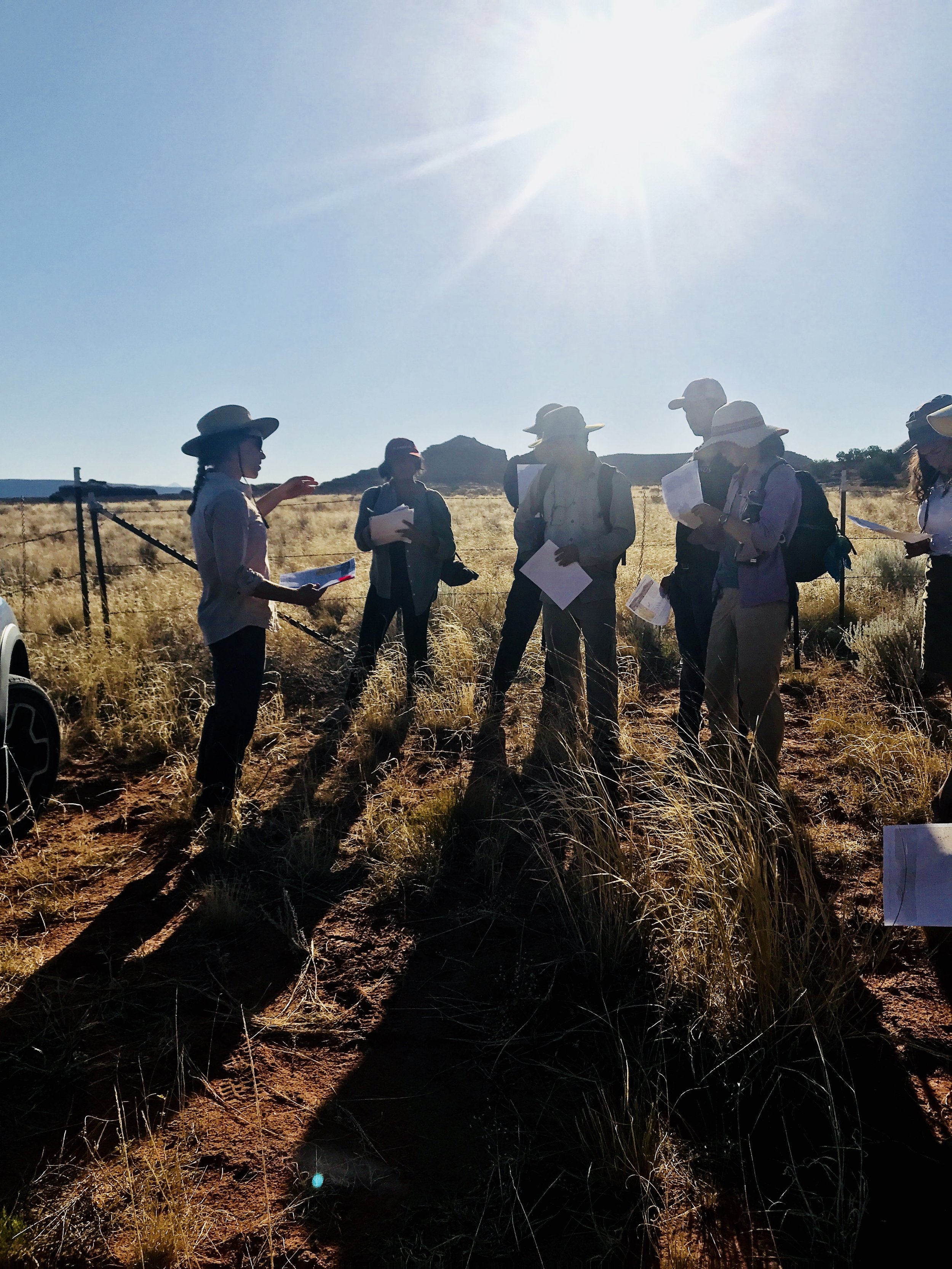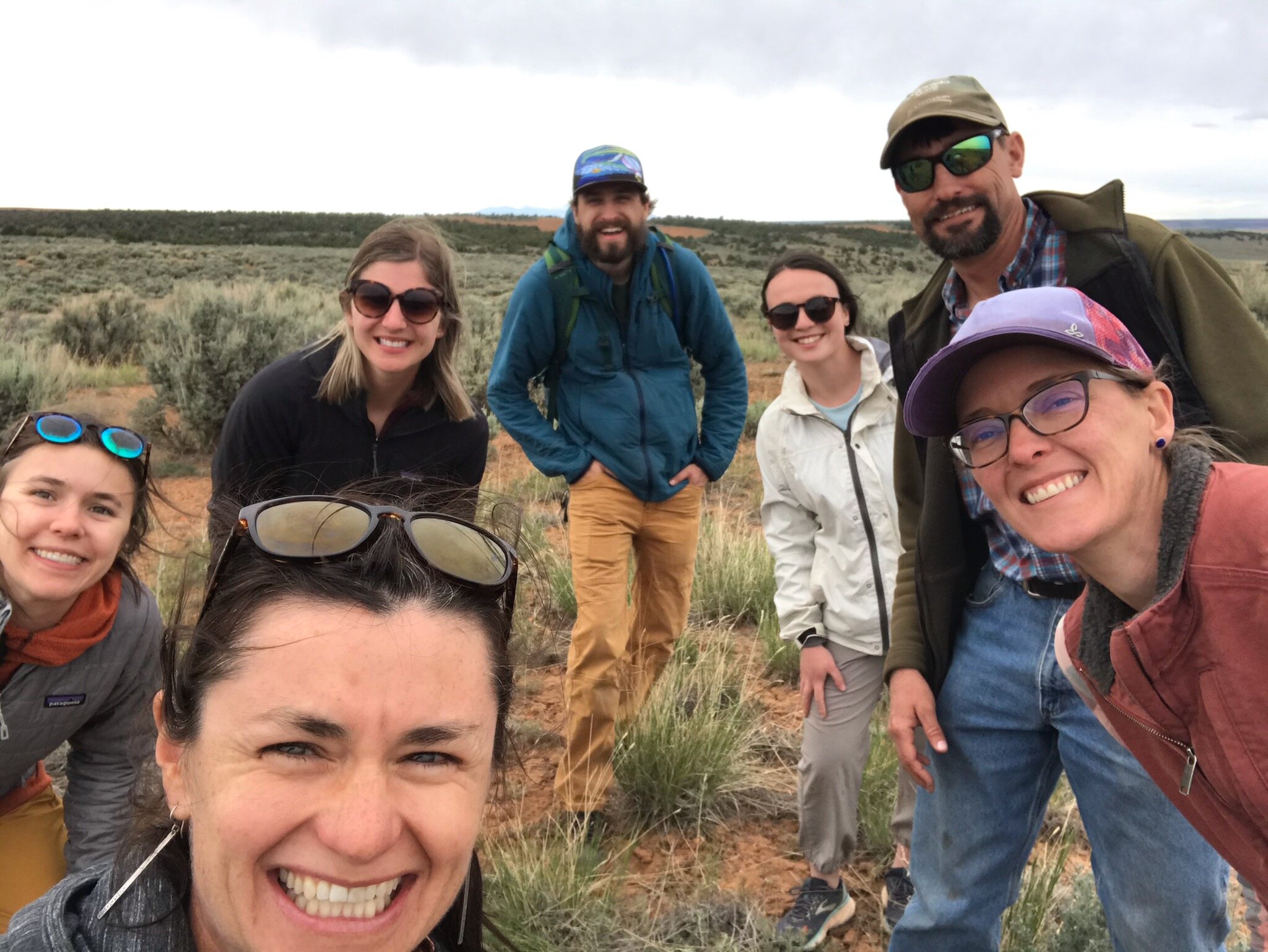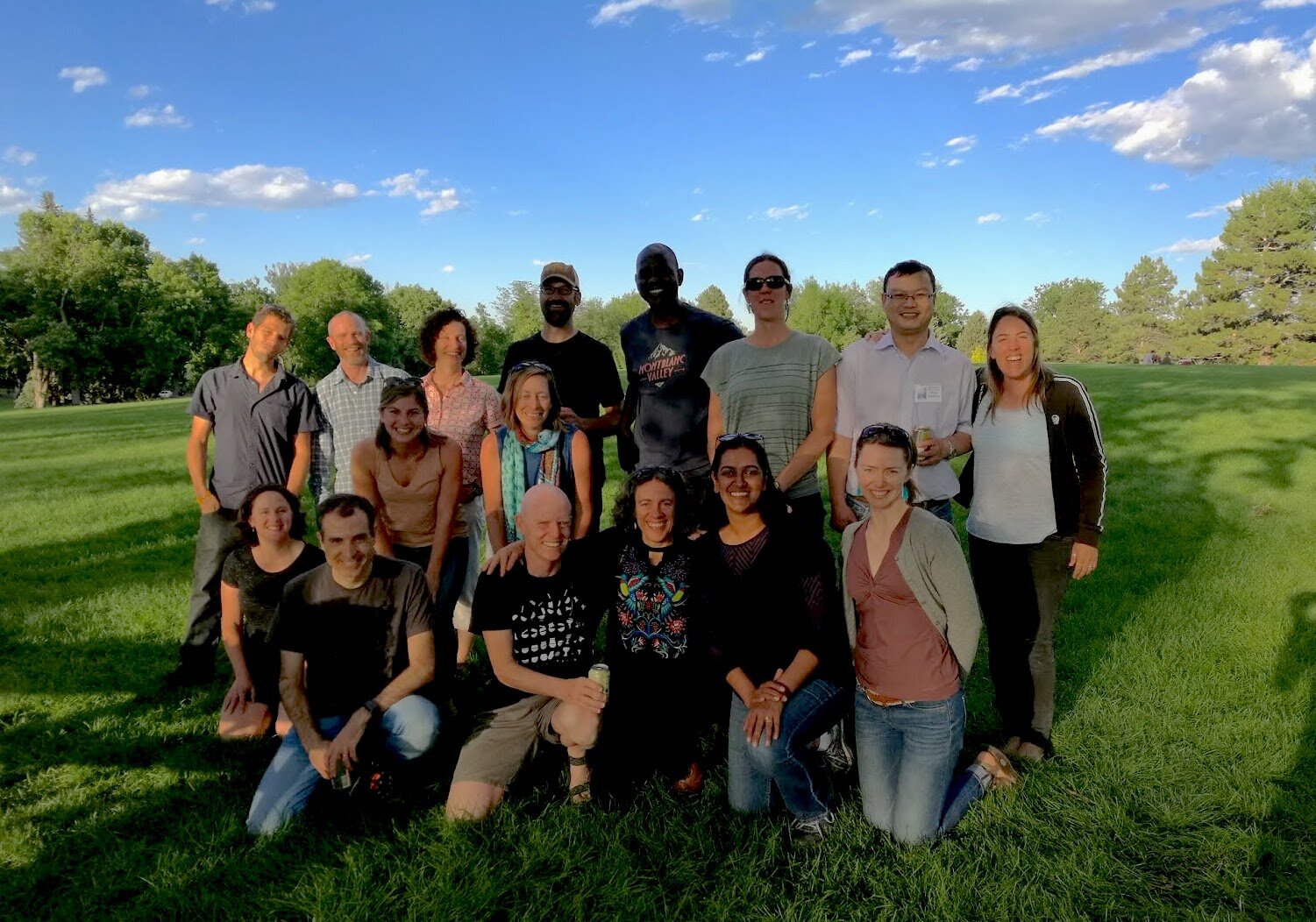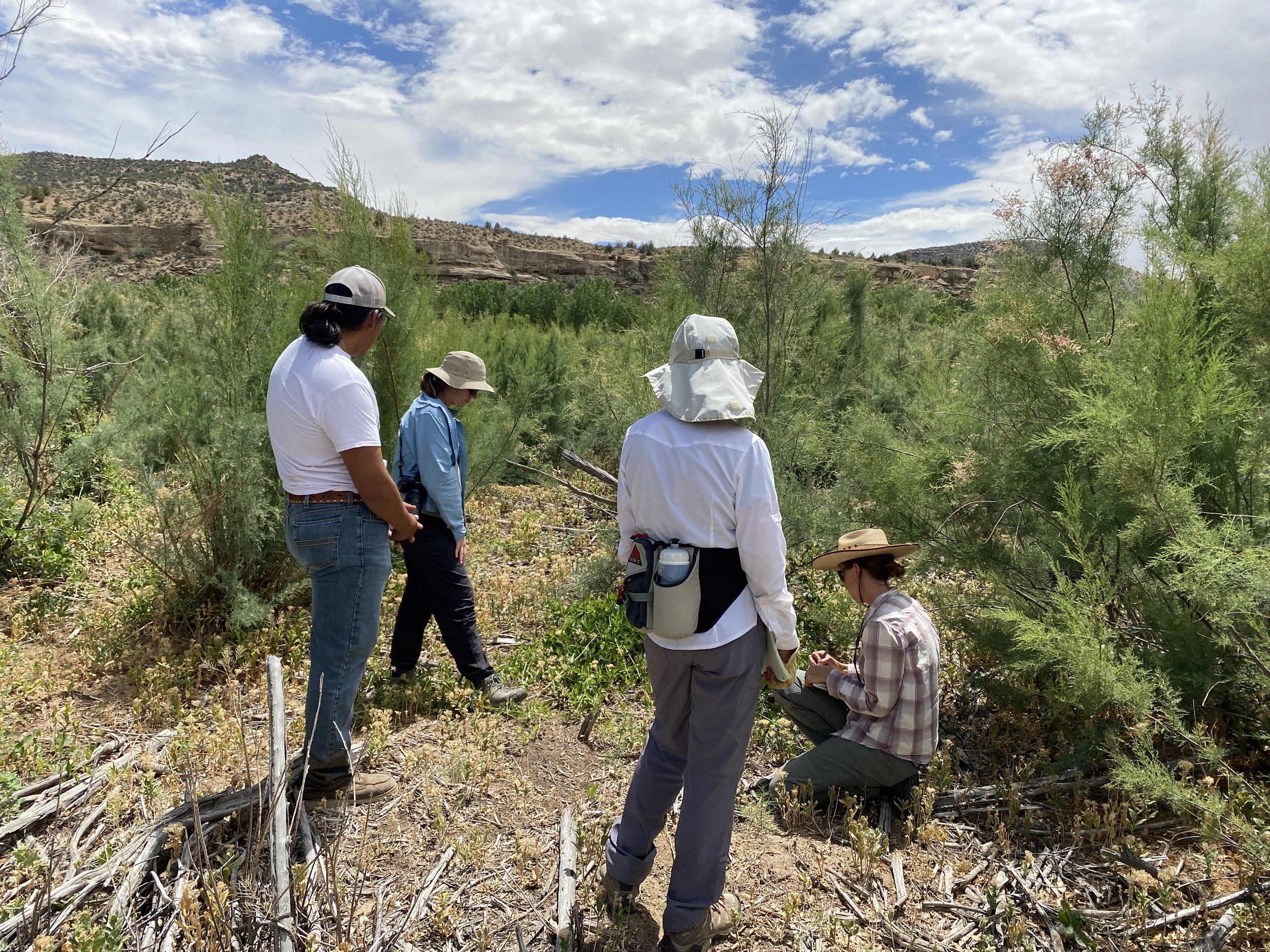From microbes to biomes
From soil microbes in perennial grasslands to sustainable management in agroecosystems, we investigate a variety of questions within drylands. We use tools ranging from field and greenhouse experiments, to ecological modeling, meta-analysis, and remote sensing.
We work closely with a variety of research partners including state and federal agencies, indigenous tribes, rural ranching communities. Our ultimate goals are to support communities, facilitate restoration, and increase the long-term resiliency of dryland ecosystems.
